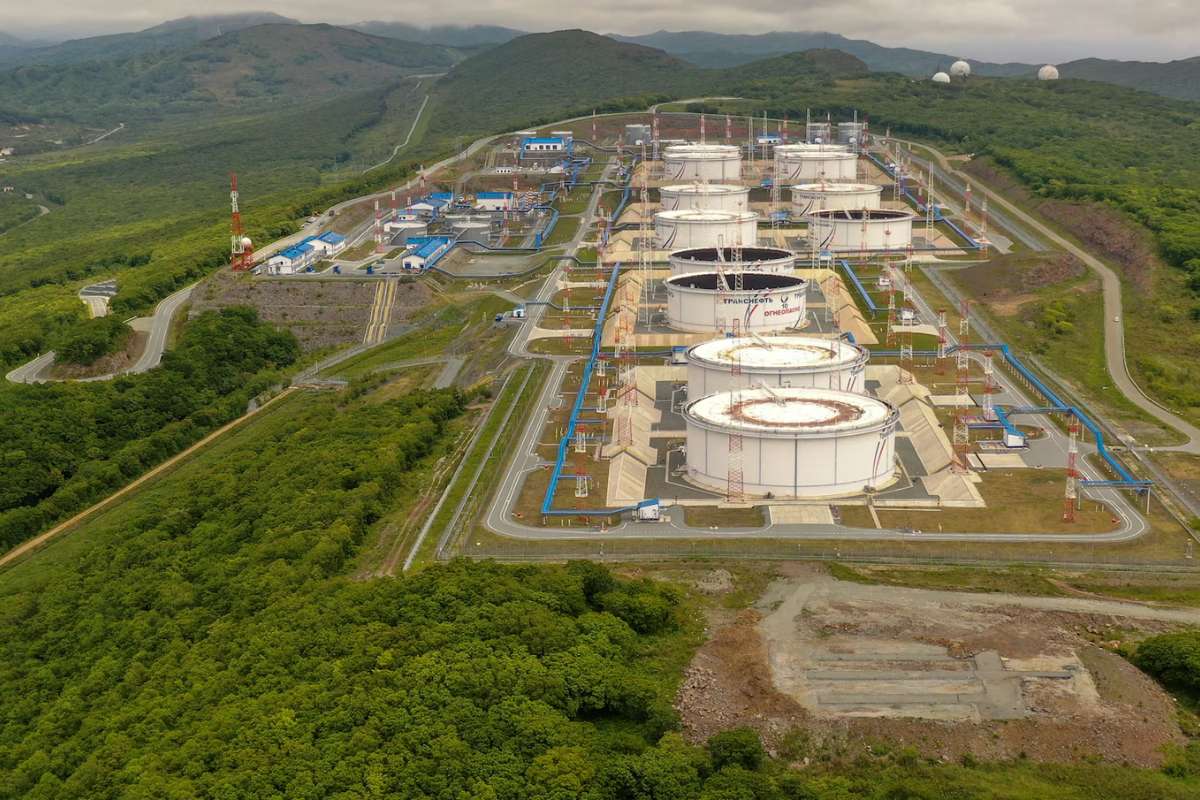Oil Prices Drop to Lowest Levels Since 2021
Oil prices drop on Monday as concerns over a potential global recession intensified due to deepening trade tensions between the United States and China. Brent crude futures fell by $2.54, or 3.9%, to $63.04 per barrel, while U.S. West Texas Intermediate (WTI) crude dropped by $2.50, or 4.03%, to settle at $59.49. These are the lowest levels recorded for both benchmarks since April 2021. The sharp decline follows a dramatic 7% fall on Friday when China retaliated against the U.S. by ramping up tariffs, further escalating the trade conflict.
This latest downturn extends a week of losses, with Brent falling 10.9% and WTI shedding 10.6% in the prior week. Analysts say the market remains jittery, with fears mounting over the long-term economic impact of the trade war. Vandana Hari, founder of energy analysis firm Vanda Insights, noted that crude prices are unlikely to stabilize unless the broader panic in financial markets eases, which she suggested is unlikely without a conciliatory statement from U.S. President Donald Trump.
Trade War Fuels Economic Concerns and Inflation Risks
The ongoing trade standoff between the world’s two largest economies is not only dampening investor confidence but also raising fears of a slowdown in global demand for oil. Although U.S. tariffs have exempted oil, gas, and refined petroleum products, the broader economic implications remain troubling. Heightened inflation, disrupted supply chains, and reduced economic growth are some of the anticipated fallout effects that could further suppress energy consumption.
Federal Reserve Chair Jerome Powell acknowledged the unexpected magnitude of the new tariffs announced by the Trump administration. He warned that the economic consequences, including potential inflationary pressure and a deceleration in growth, could be more severe than previously estimated. This uncertainty has led many traders and investors to prepare for a possible recession, adding further downward pressure on crude prices.
OPEC Supply Increase and Geopolitical Tensions Add to Market Pressure
Further weighing on oil prices drop by the Organization of the Petroleum Exporting Countries (OPEC) and its allies to accelerate plans to boost production. The group now plans to reintroduce 411,000 barrels per day (bpd) into the global market starting in May, a substantial increase from the previously planned 135,000 bpd. This shift represents a significant reversal of the output cuts that have been in place for the past two years, signaling a major change in supply dynamics that could further depress prices.
Adding to the volatile mix are heightened geopolitical tensions. Iran on Sunday rejected U.S. demands for direct nuclear negotiations, warning of potential retaliatory action. Meanwhile, Russia claimed to have captured the Ukrainian settlement of Basivka in Sumy and reported intensified military activity in surrounding areas. These developments underscore the complex interplay of economic, political, and strategic forces currently shaping global oil markets, with no immediate signs of resolution in sight.












